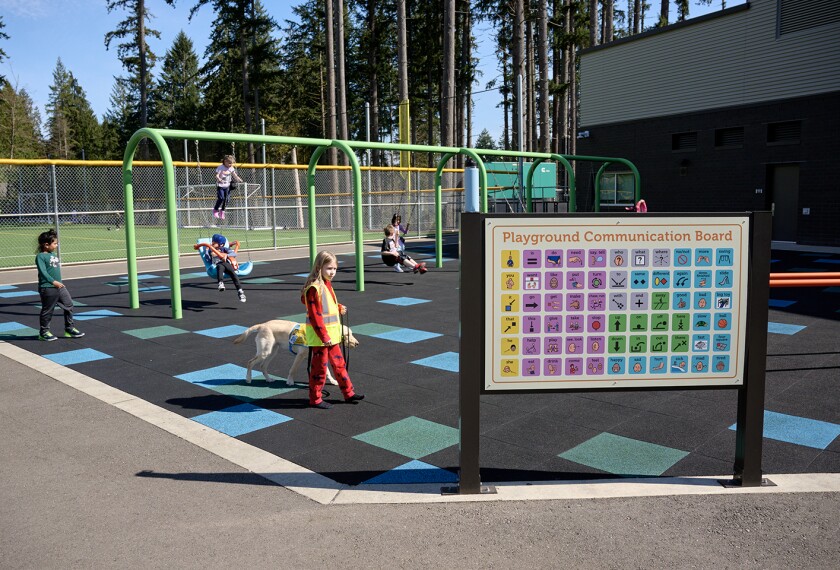Many educators believe that the Individuals with Disabilities Education Act (originally known as Public Law 94-142, or the Education for All Handicapped Children Act) promised that the federal government would kick in 40 percent of the cost of educating students with disabilities. They point out that the federal share has never come close to that level. But what many people see as a commitment from Uncle Sam to pay the full 40 percent could instead be read as Congress establishing a maximum that it would provide. The relevant passage of the law, first passed in 1975, states:
“Maximum amounts—The maximum amount of the grant a state may receive under this section for any fiscal year is: (A) The number of Children with disabilities in
(B) 40 percent of the average per-pupil expenditure |
SOURCE: Section 611, Individuals with Disabilities Education Act.




